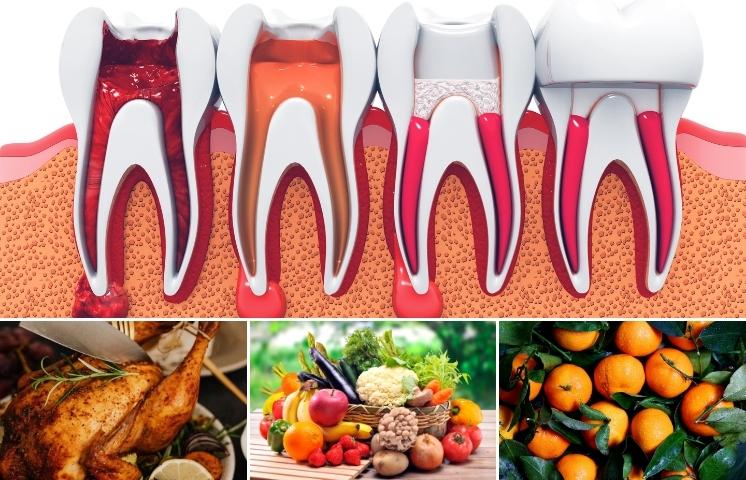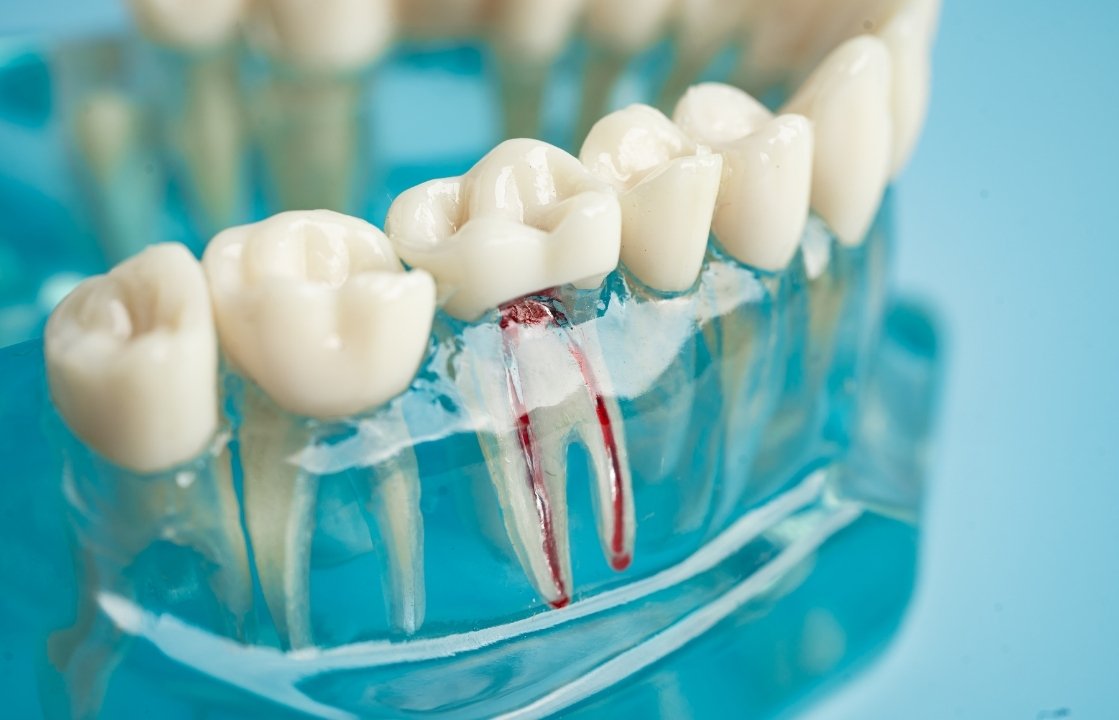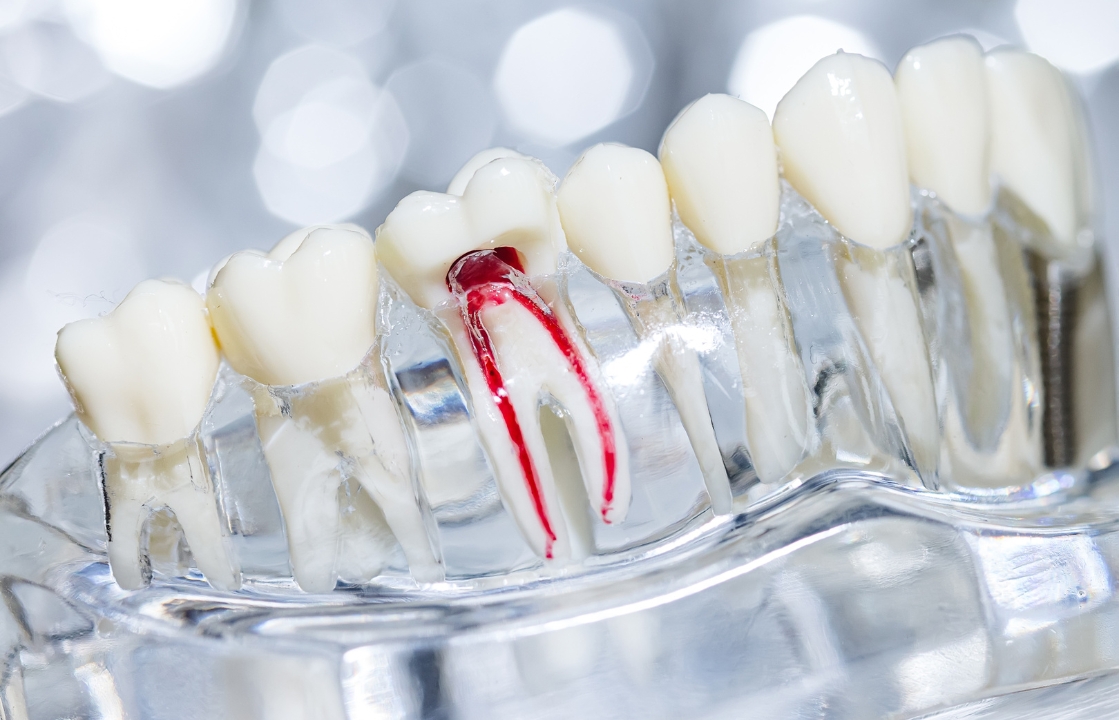$99 New Patient Special - Includes Exam and X-Rays.
The Role of Nutrition in Root Canal Recovery for Residents of Kyle

By Dentist At Plum Creek Kyle
Root canal therapy can save a damaged tooth, helping you regain comfort and functionality. However, the recovery phase is essential for achieving the best outcome. Many factors influence healing, and nutrition plays a significant role. Choosing the right foods can help reduce discomfort, boost healing, and get you back to enjoying daily activities sooner. This blog dives into the types of foods that support recovery and which ones to avoid to ensure the best post-procedure outcome.
Why Nutrition Matters for Dental Recovery?
Eating well after a dental procedure is crucial. Your diet directly impacts the healing process, and certain foods can help tissues recover faster. A nutrient-rich diet will:
- Reduce inflammation.
- Strengthen the immune system.
- Aid in tissue repair.
- Keep energy levels stable during recovery.
After undergoing root canal therapy in Kyle, knowing what foods to prioritize can speed up your recovery.
Foods to Focus on After a Root Canal
Choosing the right foods during recovery can make a big difference. Here are some nutrition tips to keep in mind:
1. Soft Foods Are Your Friends
- Immediately after the procedure, your mouth may feel sore.
- Stick to soft, easy-to-chew foods that won’t put pressure on the treated area.
- Examples include mashed potatoes, scrambled eggs, smoothies, and yogurt.
2. Prioritize Protein for Healing
- Protein helps repair tissues and aids in recovery.
- Opt for lean sources like:
- Chicken or turkey (shredded or minced)
- Soft tofu
- Cottage cheese
- Smooth nut butter
3. Load Up on Fruits and Vegetables
- Choose cooked, mashed, or pureed options to avoid stressing your teeth.
- Go for nutrient-dense foods like:
- Avocado
- Steamed carrots
- Mashed sweet potatoes
- Smoothies with spinach or kale
Essential Nutrients for a Speedy Recovery
Incorporating specific nutrients can give your body the tools it needs to heal efficiently. Here’s what to focus on:
1. Vitamin C for Immune Support
- Vital for collagen production, which supports tissue healing.
- Foods to consider:
- Oranges (in juice form)
- Berries
- Kiwi
- Bell peppers (pureed or finely chopped)
2. Calcium and Vitamin D for Bone Health
- Important for keeping teeth strong after recovery.
- Sources include:
- Fortified milk alternatives (like almond or soy milk)
- Soft cheeses
- Cooked leafy greens
- Canned fish with soft bones (like salmon)
3. Omega-3 Fatty Acids to Reduce Inflammation
- Omega-3s help reduce swelling and discomfort.
- Ideal sources:
- Flaxseeds (ground)
- Chia seeds (soaked)
- Soft fish like salmon
- Walnuts
What to Avoid During Root Canal Recovery?
Some foods can hinder your recovery or increase discomfort. Steer clear of:
1. Hard or Crunchy Foods
- Foods that require force to bite or chew may damage the treated tooth.
- Examples to avoid:
- Nuts
- Chips
- Raw vegetables (like carrots)
- Hard bread
2. Sugary or Sticky Foods
- Sugar can lead to bacterial growth, increasing the risk of infection.
- Skip:
- Candy
- Sugary pastries
- Sticky toffees
- Chewing gum
3. Acidic and Spicy Foods
- Acidic or spicy foods can irritate the gums and cause discomfort.
- Try to avoid:
- Citrus fruits in whole form
- Tomato-based products
- Hot sauces
- Pickles
Tips for a Smooth Recovery
A few additional strategies can support your healing process and ensure you’re back to full strength soon:
- Stay Hydrated: Drinking plenty of water helps flush out toxins and keeps tissues hydrated.
- Eat Smaller, Frequent Meals: Smaller meals throughout the day can reduce the risk of putting too much pressure on your teeth.
- Avoid Alcohol and Tobacco: Both can slow down healing and increase inflammation.
- Rinse Gently: Use a mild saltwater rinse to keep the area clean without disrupting the healing tissue.
How to Reintroduce Foods Gradually?
As your mouth heals, you can slowly start reintroducing harder foods:
- Week One: Stick to liquids and very soft foods.
- Week Two: Start adding soft proteins and well-cooked veggies.
- Week Three and Beyond: Introduce more solid foods, but avoid biting down directly on the treated tooth.
Long-Term Diet Changes for Dental Health
Maintaining a balanced diet is not just about recovery; it’s about long-term oral health. Incorporating nutrient-rich foods into your daily routine can help prevent future dental issues. Some helpful habits include:
- Eating more fruits and vegetables for fiber and nutrients.
- Including calcium-rich foods to strengthen teeth.
- Reducing sugar intake to lower the risk of cavities.
- Staying hydrated to support saliva production, which naturally protects teeth.
Listen to Your Body
Everyone’s recovery journey is different. Pay attention to how your body responds to certain foods and adjust as needed. If you experience discomfort, revert to softer options and gradually try again. It’s essential to be patient with yourself and allow time for your mouth to heal.






